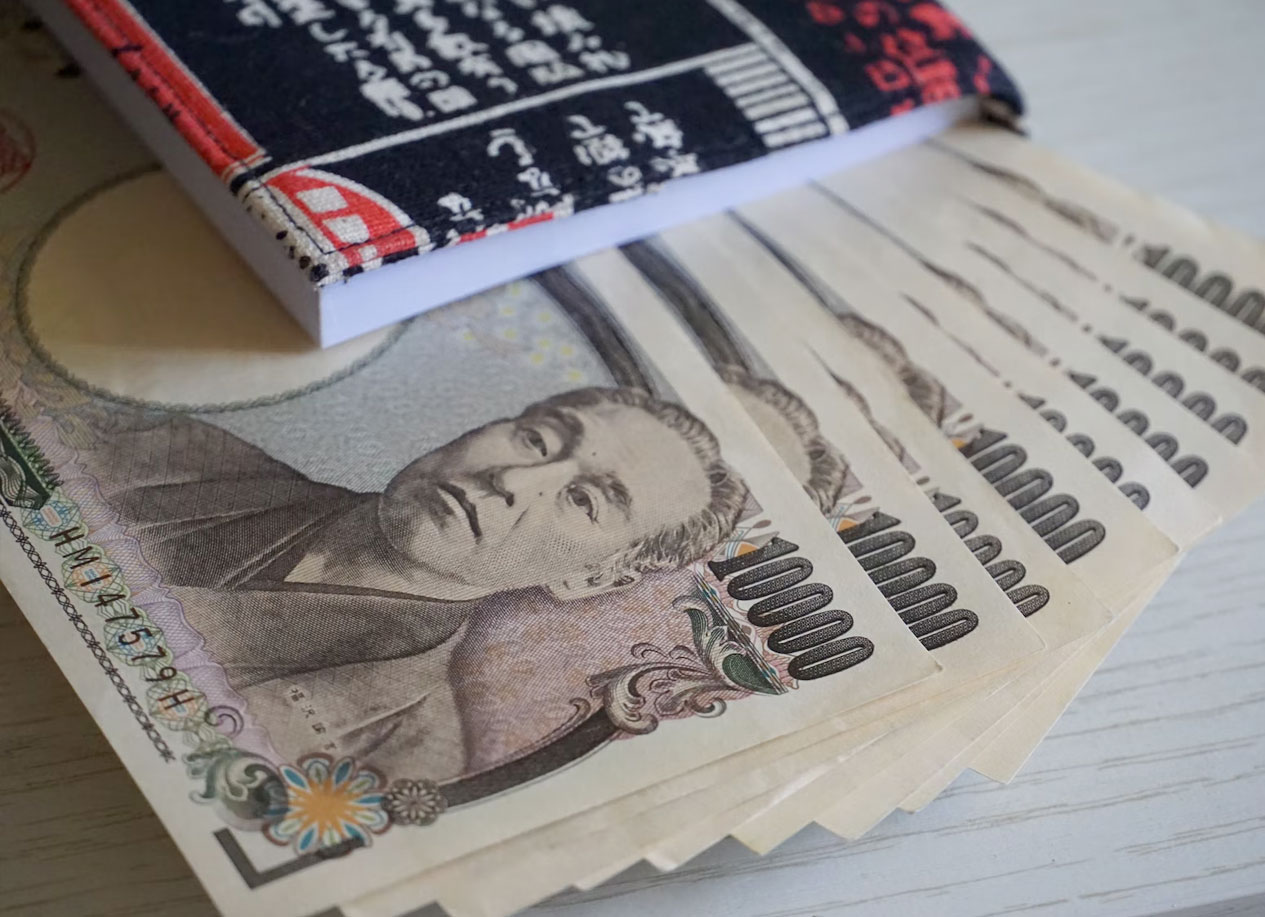
Morning Brief – Changing the guard
Changing the guard
This weekend will see the handover in Governorship at the Bank of Japan. Because of the collapse and speculation surrounding the Japanese Yen and Japanese bonds since the end of last year, the changeover at the BoJ has been watched closely. Kazuo Ueda will assume office and be immediately confronted with the task of upholding the expectations that the markets have of him: to end yield curve control and normalise Japanese monetary policy. Severe speculative flows earlier this year forced the BoJ to buy trillions of Yen worth of bonds to defend its policies. The markets will have a very limited patience with the incoming Governor to deliver the kind of policy adjustments they are expecting.
A quick word on the yield curve control policy. Introduced in 2016, the policy was designed to maintain favourable financing conditions in Japan throughout the yield curve. By setting a threshold above which yields could not trade on given benchmark debt, the BoJ pioneered a policy to control the cost of borrowing hypothetically without the need for constant market intervention. Of course, when market pricing threatened the level at which the central bank had drawn a line in the sand, it did have to step in and at least given the perception of an infinite demand for bonds at such prices until yields receded once again. The policy was controversial both at home and abroad and whilst yield curves were successfully controlled, the costs of such a policy were definitely felt within the Yen.
Following an adjustment to the targeted level of yield curve control in December 2022, the market has been speculating on the suspension of the monetary policy tool in Japan, at least for now. Should markets get their way and the incoming Governor step away from the policy, a limited recovery in the Yen may be possible. One of the benefits of the yield curve control policy was that the BoJ has had to amass far fewer assets on its balance sheet versus the value it would have accrued had it kept up the pace of QE pre-2016. Before the policy to cap yields, the BoJ was spending 80 trillion Yen a year in absorbing excess bond supply. As a result of the smaller balance sheet and the fact that yields within controlled portions of the curve are currently trading below their constrained limits, removing the policy sooner rather than later may favour the incoming Governor and the Yen.
Discussion and Analysis by Charles Porter

Related Insights

Daily Brief – A weaker Dollar: Trump vs. Powell
A weaker Dollar: Trump vs. Powell The Dollar continued to lose ground yesterday as the truce between Israel and Iran appeared to continue to hold. There has been a noticeable return to focus upon macro and monetary influences in major currency pairs. Yesterday, Fed Chair Jay Powell provided his semi-annual monetary policy report before the […]

Daily Brief – Whiplash
Whiplash A highly volatile start to yesterday’s trading session saw a flight to safety in markets. Despite the Dollar having lost much of its appeal as a safe haven lately, there was still an identifiable USD bid prior to and during the European open. We have identified recently how markets have clearly differentiated between general […]

Daily Brief – Top Trumps
Top Trumps Geopolitical risks are outweighing macroeconomic fundamentals in today’s markets. We can see this very clearly from the muted reactions in price being generated from major macro events including data and interest rate decisions. The same holds true of the Fed’s interest rate decision where markets barely blinked at a Fed that had changed […]


